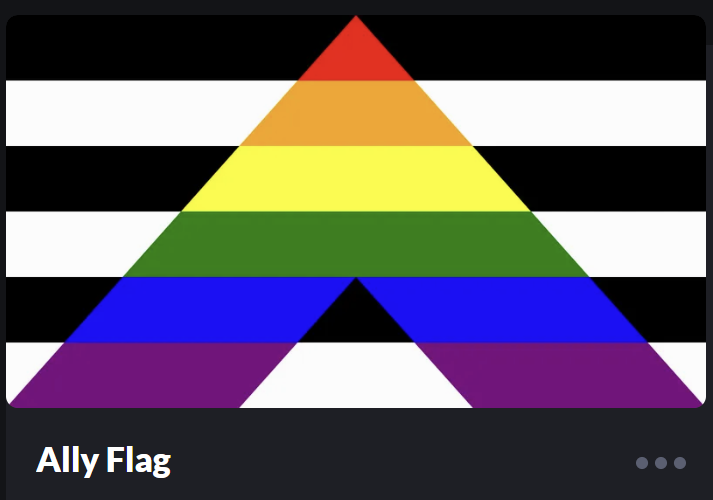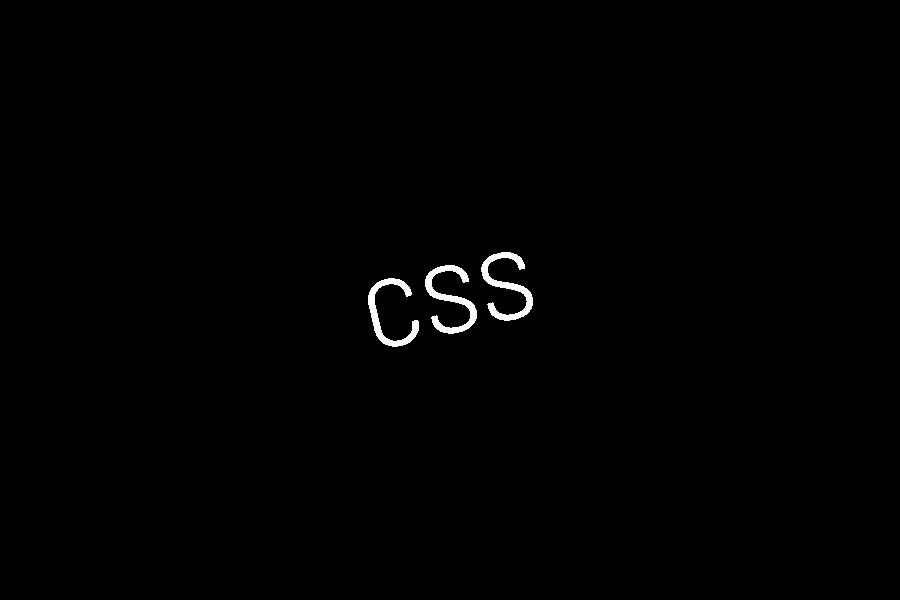Pages about CSS
-

LGBTQIA+ ally flag in pure CSS
Using only CSS, it's possible to create a flag that represents the LGBTQIA+ ally community.
-

The State of Frontend Web Development in 2021
2021 in frontend web dev saw Tailwind CSS, Next.js, and Deno rise in popularity, with Svelte making strides and Web Vitals becoming essential.
-

The State of Frontend Web Development in 2019
2019 brought pivotal advances in frontend web dev with the emergence of React Hooks, JAMstack, WebAssembly, TypeScript, and serverless architectures.
-

Monochromey CSS
Using a combination of sepia(), hue-rotate() and possibly other CSS filters, it's possible to make any photo appear monochromatic, with the hue of your choice. I made a CodePen "pen" to demonstrate.
-

The State of Frontend Web Development in 2017
2017 brought significant advancements in frontend web dev with the rise of PWAs, Vue.js, CSS Grid, mobile-first development, and GraphQL.
-

Using Source Maps with CSS
When CSS or JavaScript is minified, there is a mechanism called Source Maps that can help you inspect the original code directly in the browser. Sometimes it requires some extra configuration.
-

FizzBuzz in CSS
Creating a FizzBuzz solution using only CSS is probably impossible, but with just a little HTML added, it's perfectly doable, using a combination of CSS counters and the nth-child() pseudo-class selector.
-

"Hello, World!" in CSS
A "Hello, World!" program in CSS can be written by setting the "Hello, World!" text as the content of the ::before pseudo-element of the html element.
-

The State of Frontend Web Development in 2015
2015 saw major leaps in frontend web development, with the rise of ES6, React.js, Babel, Webpack, the end of Internet Explorer, and Flexbox.
-

What is Device Pixel Ratio?
The device pixel ratio is the ratio between physical pixels and logical pixels on a high-resolution screen. Different devices report different values, including non-integer ones. You should use media queries to handle varying screen densities correctly.
-

The State of Frontend Web Development in 2010
2010 saw HTML5 and CSS3 become mainstream, while jQuery dominated JavaScript libraries, and responsive design started shaping the web.
-

The State of Frontend Web Development in 2006
Frontend web development in 2006 is vibrant and changing, and continues to push the boundaries